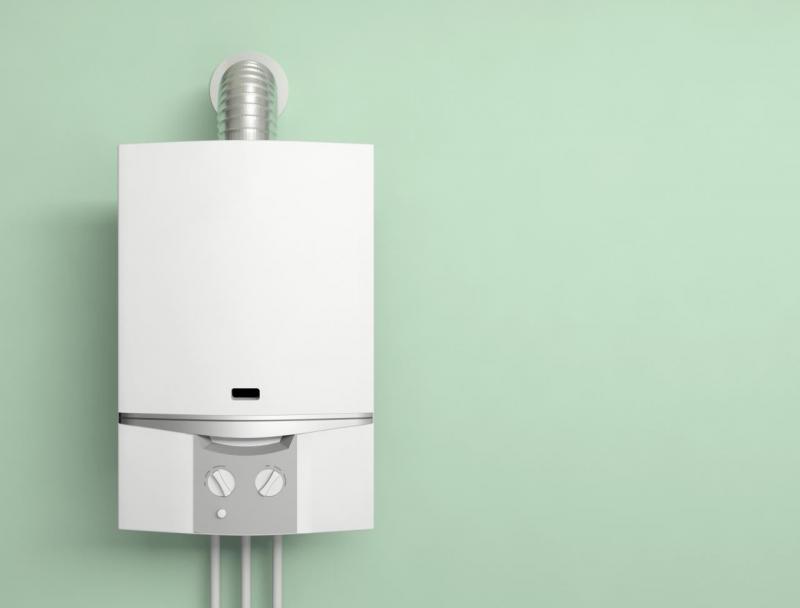
As one of the hardest-working appliances in any home, things can go wrong with your boiler.
Here are a few boiler tips for winter to help prevent it from packing in when you need it most.
How to maintain your boiler
Bleed your radiators
Bleeding your radiators releases air and allows your boiler to work better. It’s an easy enough job, and we recommend doing it before winter arrives.
We’ve covered how to bleed your radiator previously.
Test your boiler
Test your boiler by running it for 10 to 15 minutes in the warmer months to prevent issues when colder weather strikes.
Get regular servicing
Every boiler manufacturer recommends annual servicing to prevent problems. It also helps you conserve energy, save money and improve longevity.
Consider getting Home Emergency or Home Emergency Extra cover
You can’t always predict boiler problems, but you can get cover. Check your home insurance policy, as you may have boiler cover included. However, many insurers offer it as an add-on.
If you’re an Admiral Home Insurance customer, here’s what you get as standard:
- Admiral tier – no cover as standard, but you can add Home Emergency cover or Home Emergency Extra cover
- Gold tier – Home Emergency cover is included as standard; you can add Home Emergency Extra cover to cover additional things like your roof or electric
- Platinum tier – Home Emergency Extra cover is included as standard
Home Emergency Extra cover is the most comprehensive protection which covers you for things like boiler, and central heating, plumbing, gas, or roofing emergencies if they've experienced a total failure.
If you’d like a full list of what Home and Home Emergency Extra cover offers, please read their Insurance Product Information Documents (IPIDs) for Home Emergency and Home Emergency Extra cover.
What to do if your boiler stops working
We spoke to claims expert Sedgwick, who advised us on what to do if your boiler stops working.
Check the thermostat
Boilers won’t switch on if the thermostat is lower than 21°C.
Confirm your power is on
Power cuts can reset boiler timers, so check everything is working after one.
Top up the meter
Unpaid bills and forgetting to top up your meter can make your boiler appear like it doesn’t work.
Look for leaks and signs of frost
Check your radiators for leaks and the boiler’s condenser pipe for frost. You can fix a leaky radiator by tightening the nut.
To defreeze the condenser pipe, pour hot water over it. We also have an article on how to prevent frozen pipes.
Remember: you may have trace and access cover with your home insurance to help source and fix the leak.
Check your boiler for pressure or reset it
Pilot lights are a common issue in older boilers, so resetting the boiler can help relight it.
Pressure is another frequent issue, and you should follow manufacturer guidance on repressurising one.
What temperature should I set my boiler in winter?
Keeping your boiler warm prevents the pipes from freezing. Experts recommend an internal boiler temperature of at least 65°C or a little more.
Don’t set it lower than that, as lower temperatures can increase the rate of bacteria growth, including threatening ones like Legionella.
Setting your boiler temperature very high also carries risk and we don’t recommend it. It can overwork your boiler, making it less efficient and more likely to break down.
For room temperature, most recommend somewhere between 18°C and 21°C. You may want your bedroom a little cooler than that, though, as sleep experts recommend a temperature between 15.6°C to 19.4°C.
It’s important to turn your heating on and keep your boiler running in the colder months to prevent issues like damp and mould too.
How to claim
If you’re a Home Emergency or Home Emergency Extra cover customer, to make a claim, contact us within 48 hours of discovering the emergency and have your:
- policyholder name and address
- policy number
- boiler details
As a reminder, we can only cover for emergencies that are:
- reported within 48 hours of discovery
- a total failure
- for non-warrantied boilers
- for eligible boilers
We only cover temporary repairs up to £500 if you’re a Home Emergency cover customer, or £1,000 if you’re a Home Emergency Extra customer.
For emergencies, visit our Make a Claim page or claim in MyAccount.


